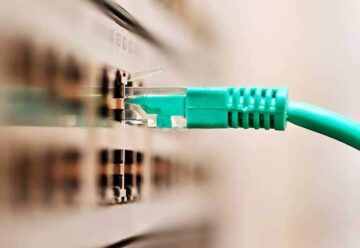What is P2MP MPLS?
Multiprotocol label switching (MPLS) is a routing method directing data between nodes using short paths, rather than long network addresses. The advantage of this is that there’s no need for complicated route processing and so it speeds up traffic flows.
P2MP MPLS stands for point-to-multipoint multiprotocol label switching. Essentially, it’s an efficient, faster routing technique for pushing data to numerous destinations. It’s used for multicasting – simultaneous data transfer to a group of destination computers – because it’s both reliable and meets the high bandwidth requirements. Examples of multicasting include IPTV, multimedia conferences and multiplayer online games, each of which place great demands on networks.
What are the benefits of using P2MP MPLS?
Aside from the obvious benefits of being able to handle the data and speed requirements of multicasting, P2MP MPLS gives organisations numerous other advantages.
One advantage it has over IP multicasting, in particular, is the ability to reserve bandwidth, which presents options for transmitting extremely large amounts of data. And rerouting after any failures is also quicker than it is with IP multicasting: 10-50 milliseconds against hundreds of milliseconds to a few seconds.
What is P2MP Ethernet used for?
P2MP (point-to-multi-point) Ethernet is used in scenarios where there is a central location, for example a Data Centre, which needs to connect to multiple remote sites, but where each remote site must not communicate directly with one another. This can be used when a provider hosts services for multiple customers from their Data Centre but does not want to permit direct connectivity between customers.
It is possible to facilitate communication between remote sites but only via a device like a router or firewall hosted at the central site. This is often a much more efficient way to connect the Data Centre or central site, using one large connection from the Data Centre to the service provider, which can be divided up into several connections to remote sites, rather than having a separate P2P circuit between the Data Centre and each remote site.







